Why Historical Manga “Sengoku” Receives Overwhelming Support from the Business Executives
The long-running manga series that sold 11 million copies and ran for 18 years is finally complete! The author, Hideki Miyashita, talks about the secret story behind the creation of this unique historical manga that can also be used as a textbook for employee education.

The manuscript for the last issue? I drew it as usual. Even after I saw the end in sight, I worked on it without hesitation. I didn’t want to become “burned out. Even now, I try not to get too emotionally involved.
Hideki Miyashita, a manga artist, looks back quietly.
On February 28, the historical manga series “Sengoku” (serialized in “Young Magazine”) will reach its final installment. The series, which realistically depicted the Warring States period from the activities of Nobunaga Oda to the unification of Japan by Ieyasu Tokugawa, continued for 18 years with “Sengoku”, “Sengoku Tensho-ki”, “Sengoku Itto-ki”, and “Sengoku Gonbei”, and became a huge bestseller with a total of 11 million copies sold. However, this work is a bit unique as a historical manga. Let’s take a closer look at the appeal of the “Sengoku” series.
You can read “Sengoku series” for free and half price until Feb. 27th.
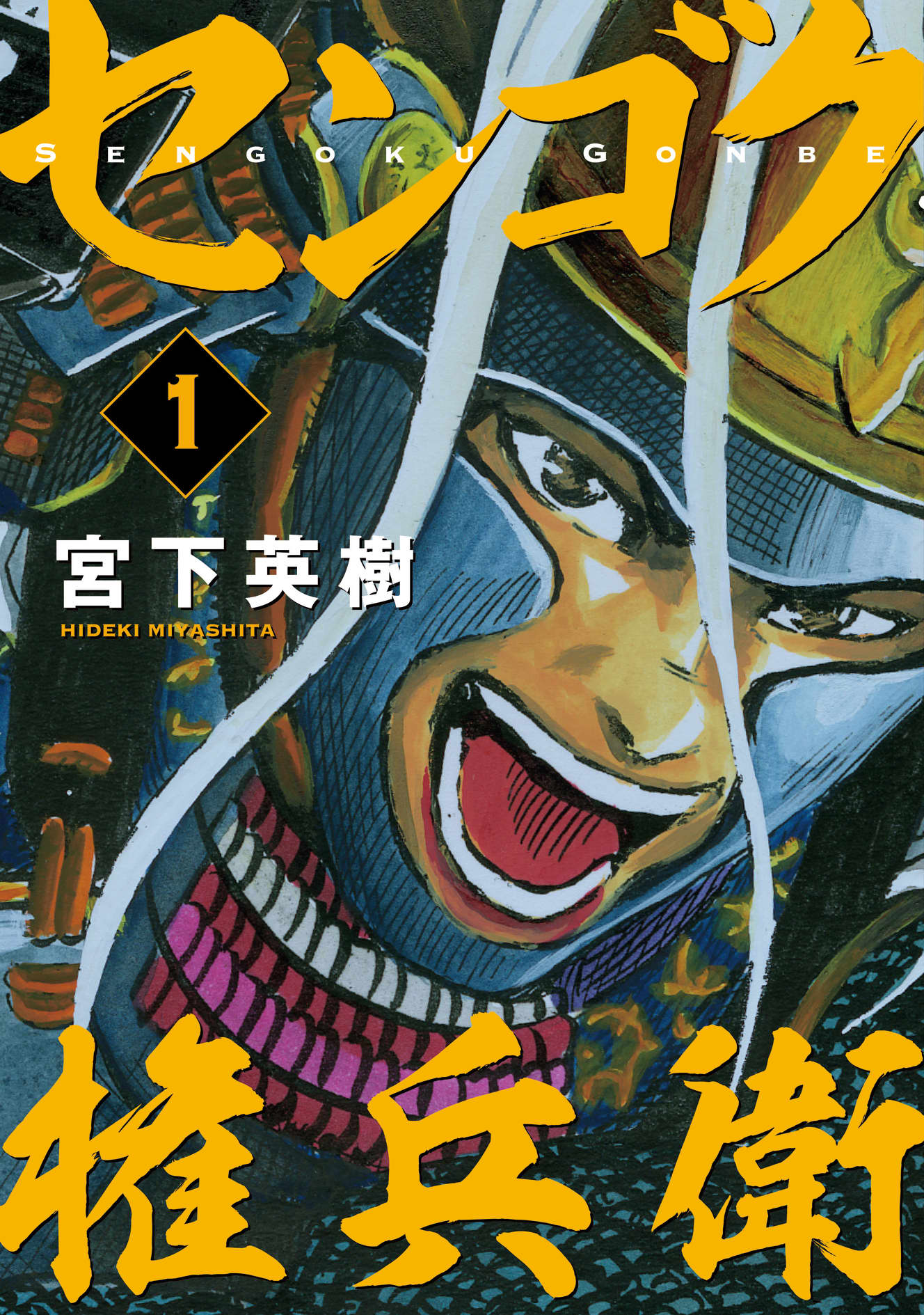
The editor-in-chief said, “I’m in the same position as Nagamasa Asai.
First of all, “Sengoku” is characterized by the fact that it is supported not only by ordinary manga fans but also by many business people, company presidents and executives. It was the editor-in-chief of “Young Magazine” at the time who first sent me his passionate impressions as a salaryman.
I was working on a scene where Nagamasa Asai is in agony after betraying his brother-in-law Nobunaga Oda. The editor-in-chief at the time read the manuscript and said, ‘I can understand Nagamasa Asai’s feelings. It’s just like me now. ……
Nagamasa Asai was a warlord who was in a position to organize the powerful clans in the northern part of Omi Province (present-day Shiga Prefecture). Asai Nagamasa was in charge of organizing the powerful clans in the northern part of Omi Province (present-day Shiga Prefecture). While coordinating the various opinions of the powerful clans, he also listened to the wishes of the Asakura family of Echizen (present-day Fukui Prefecture), an ally of Asai Nagamasa, and the forces of the revolt. While many fictional stories depict Asai’s rebellion as an emotional one, “Sengoku” depicts him as a man anguishing within an organization.
Asai Nagamasa’s position is, so to speak, “the ultimate tricky one. Asai Nagamasa’s position is the ultimate “in-between,” so to speak, and he chose to defy Nobunaga after much anguish. In other words, he is a middle-manager in the Warring States Period. I suppose there was a great deal of overlap with the position of the editor-in-chief at the time, who was struggling between subordinates, writers, and superiors (laughs).
One of the best parts of the “Sengoku” series is the realism of synchronizing the actions of these warlords of the past with the problems of those of us living in the present.
As a textbook for employee education
When one manager read the scenes in “Sengoku” where Toyotomi Hideyoshi’s vassals were divided, he felt as if he was describing a crisis in his own company.
The company had tried to create synergies by combining several companies into a holding company, but it was having trouble. Each division had its own territoriality, and cooperation was not possible. It was just like the vassals of Toyotomi. It is the same structure as the conflict between the “magistrate faction” including Mitsunari Ishida and the “military faction” including Kiyomasa Kato. This confrontation led to the rise of Tokugawa Ieyasu, and was a distant cause of the downfall of the Toyotomi family.
In fact, the manga makes extensive use of illustrations and organizational charts, so that the reader can always understand the position of the military commanders as members of the organization. One animation production company uses “Sengoku” as a textbook for employee training, as it is a manga that shows what an organization is through history.
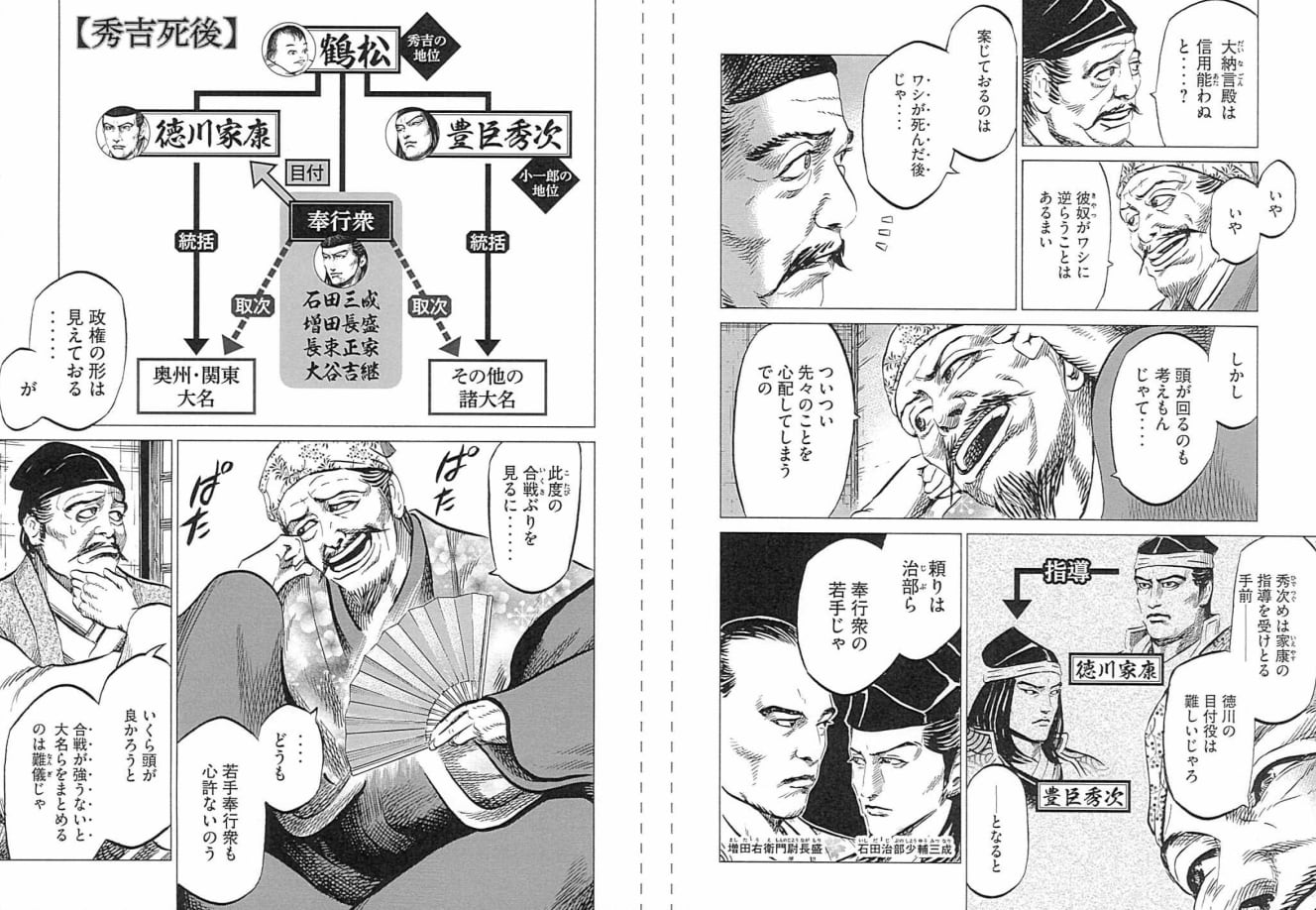
Warring States lords = one-man company managers
The daimyos at the top of the organization are also very attractive.
In the first place, feudal lords are like managers of a company, aren’t they? I’ve always been interested in how they managed and ran their organizations.
The feudal lords who become the main characters in history are special people, like Steve Jobs in modern times. They are super one-man managers. Oda Nobunaga was rebelled against so many times that it seems silly to pursue the mystery of Akechi Mitsuhide’s Honnoji Incident. How was he as a manager?
On the other hand, I think Shingen Takeda is a leader who used his subordinates very well. I portrayed him as a manager who was not too overbearing and let his subordinates take charge. That’s why Shingen doesn’t talk much in the manga (laughs).
(laughs) The way he portrays such a leader is also unique.
(laughs)” The way he portrays such leaders is also unique. “If I made Nobunaga’s special people the main characters and depicted their every move in the manga, they would look like ‘ordinary people. So I set Sengoku Gonbei Hidehisa, another vassal of Hideyoshi, who was a vassal of Nobunaga, as the main character, and made him look up to the special heroes. By looking at them from the perspective of a henchman, I wanted to express the peculiarity, anguish, and brilliance of the heavenly rulers.
In fact, in “Sengoku,” Oda Nobunaga rarely uses monologue (voice from the heart). In fact, in “Sengoku,” Oda Nobunaga rarely uses monologues (his heartfelt voice), because “using monologues would degrade the ‘status’ of Nobunaga as a hero,” so Nobunaga’s emotions are expressed through the eyes of the main character, Sengoku, and his retainers.

I want to depict the structure of society.
Why did Mr. Miyashita decide to depict the leadership and organizational theories of the Warring States period that stick with us today?
History is not a fantasy, but a real story that happened in the past. That’s what I wanted to portray, and in fact, I think the reality is what is interesting.
Ever since I was a child, I have always been interested in how the world works. I grew up in a port town on the Noto Peninsula, but the fishing port town where I lived and the neighboring tourist town with its hot springs were “completely different countries. My town is quarrelsome and crass, but it is also very open and honest. The neighboring town is outwardly nice and elegant, but behind the scenes, it is a whirlwind of conflicting interests. My family owned a restaurant, so I’ve seen a lot of these differences since I was a child, and I’ve always wondered what they were.
The same question arose when I actually started to draw historical manga.
For example, after Nobunaga Oda was defeated in the Honnoji Incident, Nobunaga’s vassals held a meeting called the Seishu Conference to decide the future course of action. In the history of the story, Toyotomi Hideyoshi, who was the first to take possession of Nobunaga’s grandson Sanboshi, appeared at the meeting with Sanboshi in his arms and sat on the top seat. By acting as the protector of Nobunaga’s grandson, Hideyoshi’s authority rose and the way to becoming a natural ruler was opened.
(laughs) It is not possible to become a natural ruler with all those performances. There was a careful strategy to get ahead in the organization. I wanted to portray that kind of realism in society.
To achieve this, Miyashita read historical research books and primary historical documents (such as letters from the time), interviewed historians, and conducted fieldwork, rather than writing stories, and succeeded in realistically recreating the society of the Warring States period.
The victor, Ieyasu, was “the most reluctant warlord of all.
It was Ieyasu Tokugawa who survived the Warring States period and eventually united the country, but what does Miyashita think of this “victorious leader”?
What does Mr. Miyashita think of this “victorious leader”? “I think he was the calmest and the most patient. In fact, the most capable presidents are the ones who complain that no one understands their hardships, and work a bit uncomfortably while taking on the role of being hated.
The good leaders of the Warring States period also seem to be having a hard time. They take on the bad reputation themselves and give the credit to their subordinates. Even if they know what to do, they do not give orders, but wait for their subordinates to come up with good ideas. He tries not to show that he is smart.
As I wrote in the manga, I think Tokugawa Ieyasu is probably “the most reluctant person to do the job of a feudal lord.
The protagonist is not very active
The main character of the “Sengoku” series, Sengoku Gonbei Hidehisa, is also very “unique. Sengoku’s main character, Sengoku Gonbei Hidehisa, is also very “unique.” Sengoku Gonbei was not well received, or even hated, by history fans to begin with. The reason for this was his catastrophic failure at the Battle of Heotsugawa.
As a vassal of Hideyoshi, Sengoku was sent as a commander to fight against the Shimazu family in Kyushu, but he crossed the river against the opposition of those around him and was defeated by the Shimazu family. While promising warlords such as Nagasogabe Nobuchika were killed one after another, Sengoku fled alone. He fled back to Sanuki (Kagawa Prefecture), far away from Kyushu. In his novel about the battle, Ryotaro Shiba wrote a scathing review of Sengoku.
In his novel, Ryotaro Shiba criticized Sengoku, saying, “When I chose Sengoku, who had left a stain on history, as the main character, I was prepared for the fact that I would have to portray him in a bad light. At the beginning of the series, I focused on Sengoku’s activities, but as I read historical documents, I gradually began to carefully depict his mediocrity.
Sengoku” is full of the “forbidden moves” of the manga world. One symbolic scene is the “attack on Kishu. Sengoku, on his way to defeat a powerful clan in Kishu (Wakayama Prefecture), comes face to face with an enemy warlord. In a normal manga, this would be the scene of a glorious single combat.
I don’t do single combat (laughs). There is no such fact in the historical records, and in actual history, single combat between warlords rarely occurs. In actual history, a single battle between warlords rarely happens. A warlord who is brave enough to charge into battle would be killed.
Those who survived the Warring States period were those who did not show an excessive amount of “bravery” or “manliness. Sengoku, too, ended his life on a tatami mat as a daimyo, so excessive staging is not realistic. But as I expected, the assistants asked, “You’re not going to fight? (laughs).
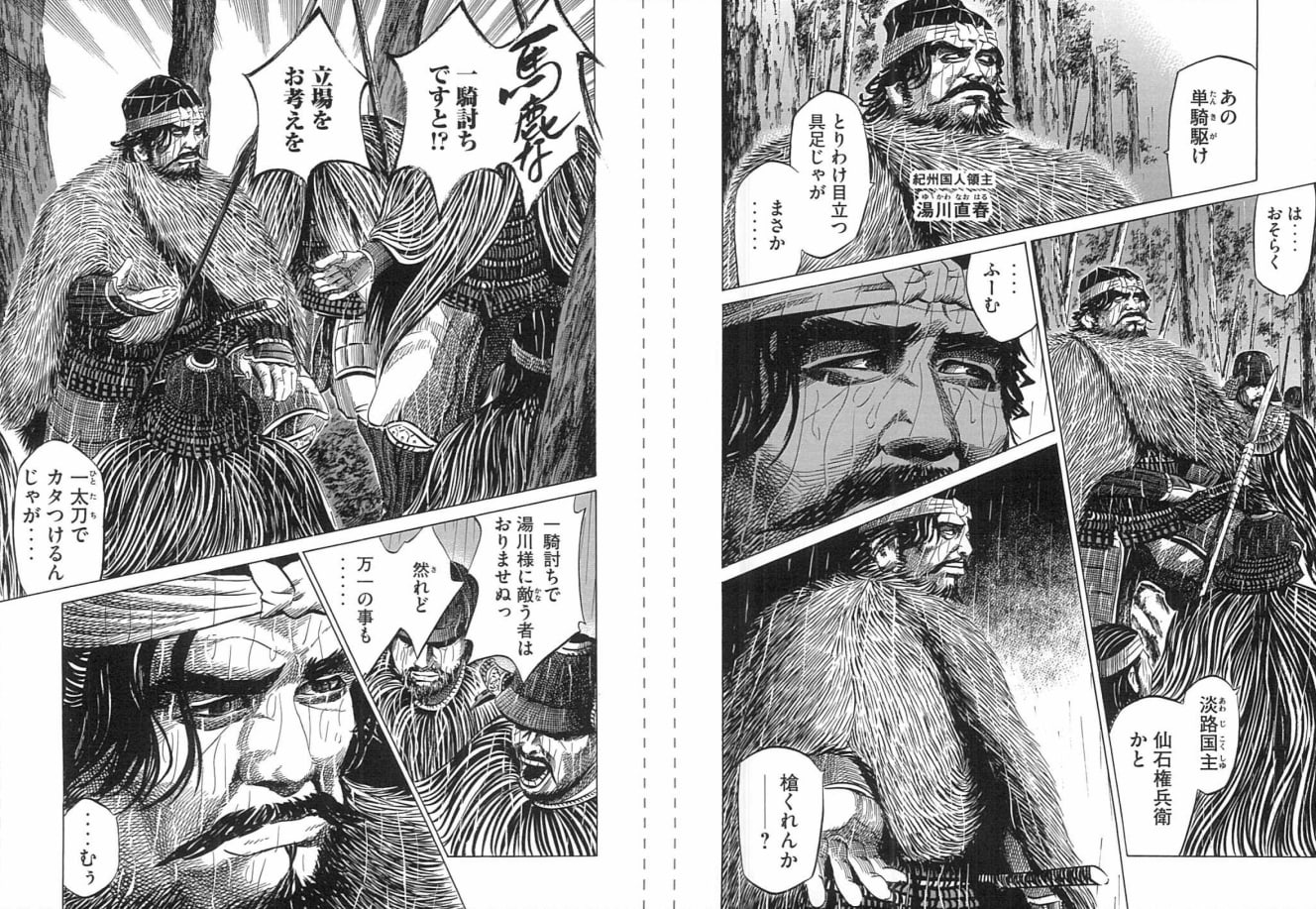
What I wanted to convey was “What is happiness?
Sengoku” is a manga that does not fill in the gaps in the historical records with flashy performances. There are no “amazing reversals,” “exaggerated facts,” or “surprising strategies. Even when a battle is won, there is no clear reason for it.
They are at the mercy of the situation and confused. They are troubled by things that don’t go well. You make mistakes and get hurt. Eventually, they accept the pain and start their lives anew.
Sengoku Gonbei’s life is exactly the same as our own. The reader sympathizes with a man who struggles to survive in the Warring States period, and before you know it, you are completely absorbed in the story.
In the end, I wanted to tell the story through the ordinary Sengoku and the real shape of the Warring States period. “In the end, what I wanted to convey through the ordinary Sengoku, the real shape of the Warring States period, and the leader was, ‘What is happiness? In the end, what I wanted to convey through the ordinary Sengoku, the real form of the Warring States period and the leaders was, “What is happiness?
The world doesn’t always work out if you do good things. You can be happy just because you are talented and become a ruler like the heroes, or you can be mediocre and make a big mistake like Sengoku, but you can recover and live. Life is a very impermanent thing that depends on luck and fate, isn’t it? I hope that I can give readers the courage to live through the lives of the various characters.
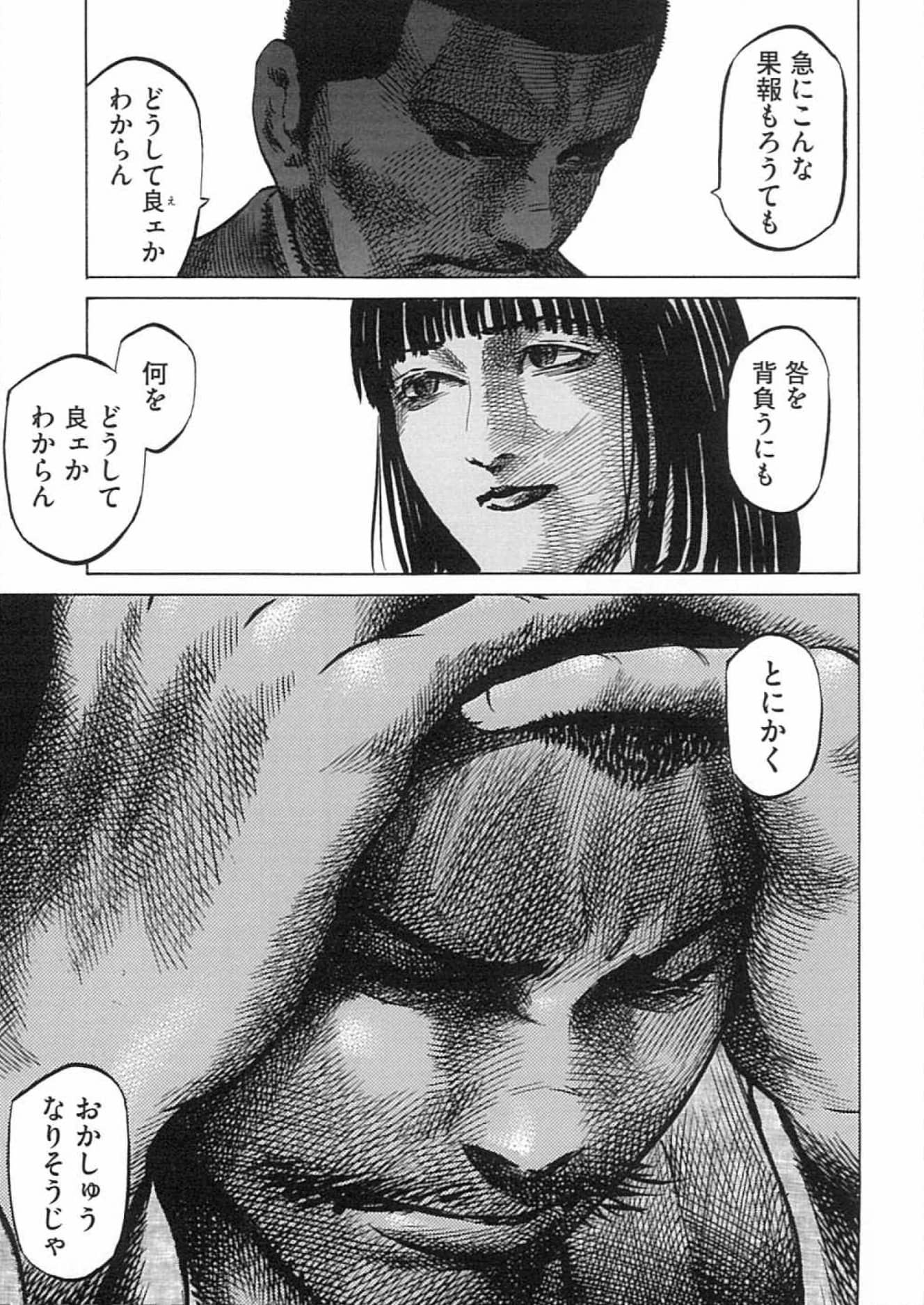
You can read “Sengoku series” for free and half price until Feb. 27.

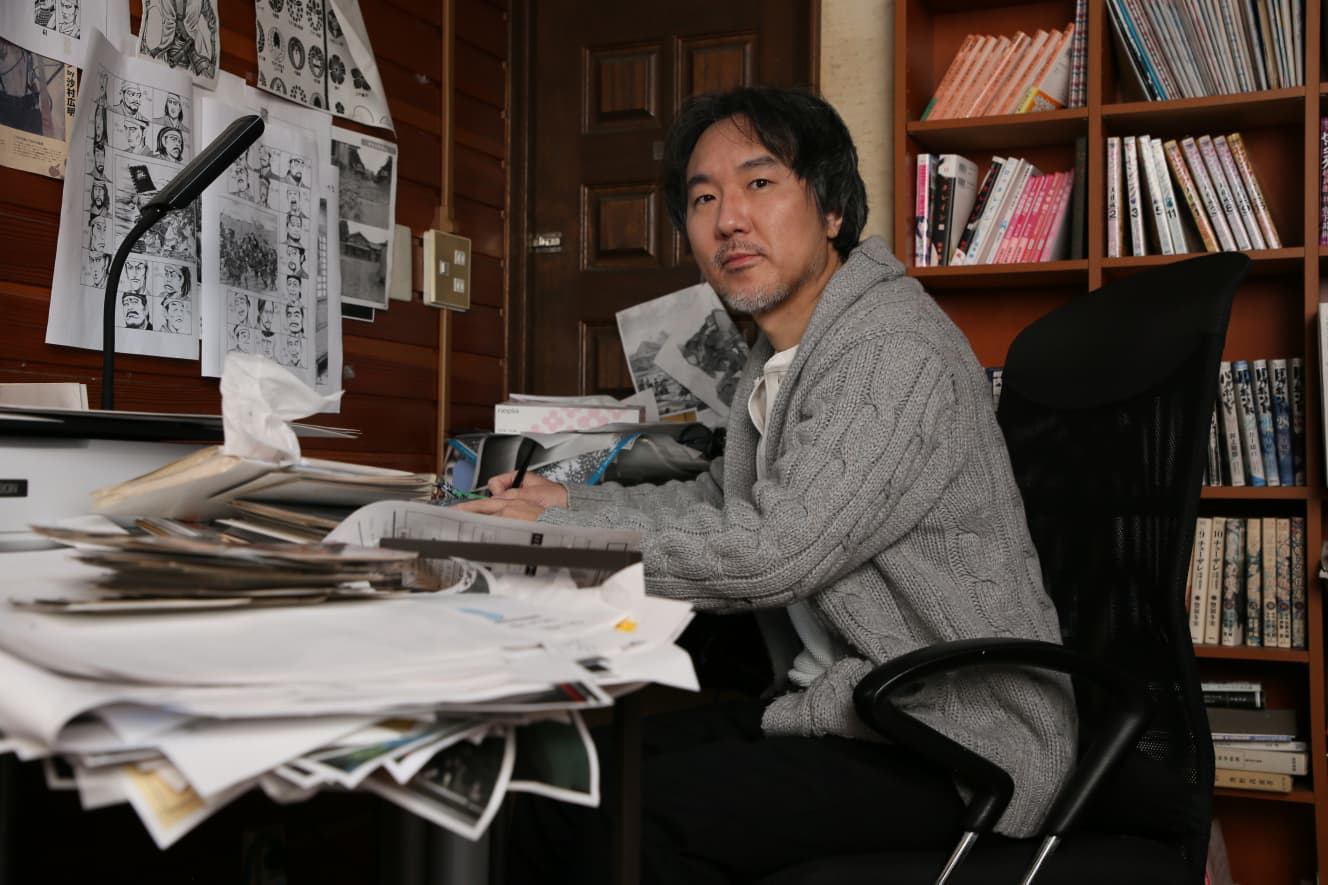
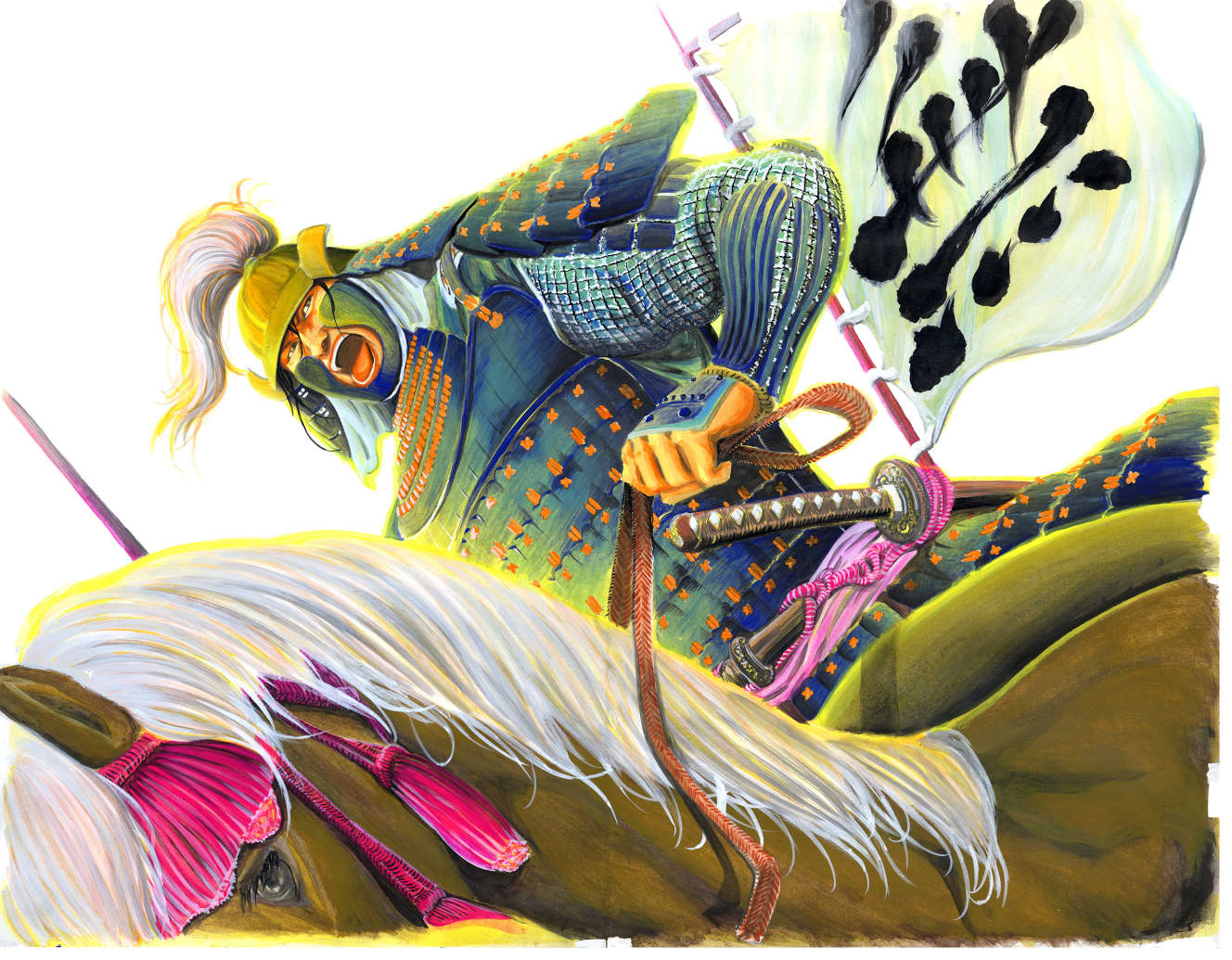
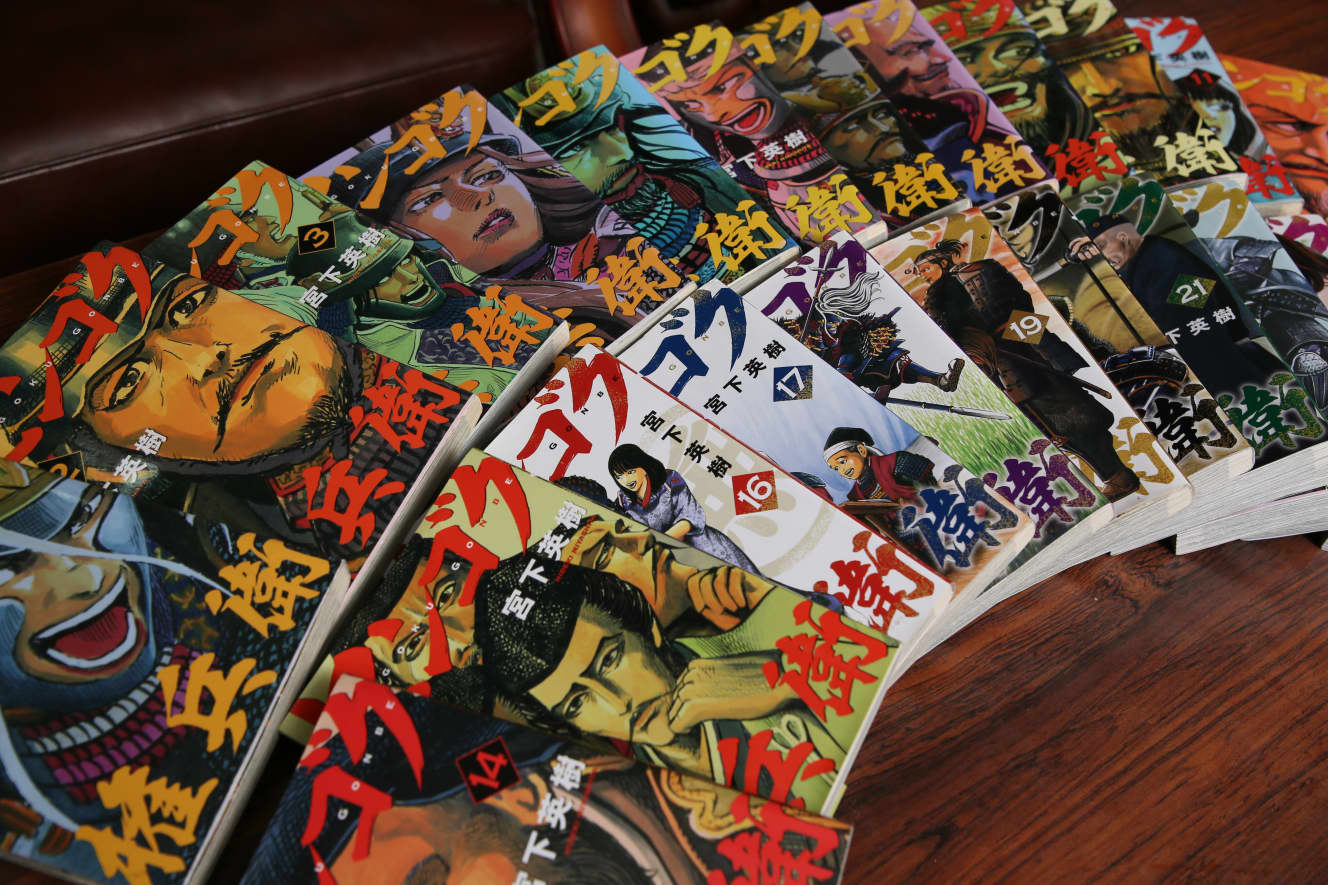
PHOTO: Shinji Hamasaki